How to grow a good harvest of onions in the garden
Onion - one of many types of onions. For a number of reasons, it turned out to be the most common. In the spring, many gardeners plant or sow it on their plots. But not everyone manages to get a good harvest of selected bulbs in the fall. What is the secret of growing this useful and demanded crop?
Content:
Onion sets: characteristics
Onion sets (arpak) - bulbs obtained from onion seeds (nigella). In the spring, when buying onion sets for planting, many are faced with a choice: which one is better to buy. Experts consider the optimal size to be 1.5-2.5 cm. If it is much smaller, then with insufficient moisture it will dry out. If you already have bulbs of different sizes, calibrate them (select by size) and plant each fraction separately.
Those that are larger will surely throw out the arrow and bloom.
In this case, the bulb will not grow. It will be possible to collect seeds for sowing next year. But not everyone likes and can tinker with them. Yes, and for the fall, you need to prepare burly bulbs, not seeds.
The arrow can be torn off at the initial stage of development, when its top has just hatched out of the bulb. In this case, the ripe onion will be slightly smaller and not very even, but you can still use it for food.
Storage of onion sets
It is better to buy onion sets in early spring or even autumn. Then you yourself can monitor its condition and create suitable storage conditions for it. Having bought the bulbs, you need to carefully examine them.
Throw away all rotten, dry, damaged. The rest are stored in a dry and warm place. Don't hide them in the kitchen. There is usually high humidity there and the bulbs may germinate too early. From time to time they look in at them, checking their condition and stirring slightly. Determine the moisture content in the box. See if all the bulbs are intact.
If any germinates or decays, remove it.
Previously, onion sets were necessarily cooked in a warm place. They don't do it now. A few days before planting the onion in the ground, lay it out in a thin layer in a sunny place, for example, on a window. This will strengthen the bulbs and reduce the number of arrows, which will help you get a good harvest later.
Planting onions
Many gardeners strive to sow onion early. This is usually due to the fact that onions are not afraid of frost, and can suffer from drought. But if the planted bulbs fall under a prolonged decrease in temperature (less than 5 ° C) or frost, they will certainly throw out arrows at the beginning of summer. Therefore, do not rush to plant them. It is best to do this after the drop in temperature, which occurs in early May, almost every year, has passed.
The optimal planting time is the end of May or even the beginning of June. In addition to lowering the temperature, there is another reason to plant onions at this time. The main crop pest - the onion fly lays eggs during cherry blossoms. Therefore, you need to sow it a week after the cherry has bloomed. By this indicator, it is easy to navigate in any climatic zone.
Preparation and landing:
- Growing plot onions should be sunny and well-ventilated. This will prevent the onion from being damaged by fungal diseases.
- Many people plant onions after making deep holes in the soil. But in such conditions, the bulbs are likely to grow deeper, and not try to build up the sides. To help it grow large and round, you need to place it shallow, so that the top of the planted bulb is at a depth of 3 cm. For sandy soils, it is permissible to deepen it 1-2 cm deeper.
- It is best to select the soil for planting onions fertile and loose, loamy, with a neutral level of acidity. If it is too high, then in the fall, before processing the site, lime or dolomite flour is added. Humus or compost... But, if you add it in large quantities, the onion can chase the greens, and not grow the bulb. Of mineral fertilizers, nitrophoska is better suited. Onions are not planted in areas where unripe manure was introduced last year.
- Grown in rows or in ridges (on moist soils, in areas with a predominance of low temperatures). The bulbs themselves are small, but they need to be planted at a distance of 8-10 cm from each other. Each bulb will need its own area for normal development. If you want to plant more densely, you need to imagine what kind of bulb can grow there. When planting in rows, the width between them should not be less than 20 cm.If the ridge is made of three rows, then its width will be at least 80 cm.
Special attention should be paid to crop rotation and the forerunner to onion, its best neighbors. Onions, like any agricultural crop, cannot be planted in one place for several years in a row. Indeed, after each cultivation, pathogens, pest eggs or themselves remain in the soil. Each crop picks up certain elements from the soil. The best precursor crops for onions will be tomatoes, cabbage, cucumbers, potatoes.
Onion care
Care Tips:
- The main problem with such planting onions is insufficient moisture. To keep it in the soil. You can lay a layer of mulch with a height of at least 5 cm on the garden bed.It will keep the earth from drying out, delay the development of annuals weeds... But this method is too laborious for large beds. More often, the soil must be watered to maintain moisture. When the tops begin to turn yellow, watering is stopped. Bulbs grown in dry soil keep better, but are smaller and taste more bitter.
- In order for the onion to grow large and tasty, you need to periodically fertilize it. After the first feathers appear on the bed, ammonium nitrate is added by dissolving a tablespoon of the substance in a bucket of water. After the bulbs have 4 feathers each, repeat the feeding with nitrophosphate. Dilute 50 g in a bucket of water.
- After fertilization, watered with clean water and loosened the soil between the rows. You need to loosen it as often as possible. This contributes to the fact that the soil becomes looser, and the onions grow large and of high quality.
- So that the bulbs do not rot in winter and are well stored, they must be protected from fungal diseases. Most often it is powdery mildew... For the prevention and control of it, Bordeaux liquid or other preparations containing copper are used. After processing, the feather should not be eaten.
Harvesting onions
It is important to remove the onion from the garden in time. You can determine the degree of readiness by the color and state of the tops. In ripe onions, it is yellow, dried up. This usually happens in early August.
If you want the onions to ripen faster, pull each onion out of the ground a little.
To successfully carry out this operation, it is enough to take the bulb closer to the ground and pull it a little, until the first crunch of the torn roots. The bulbs are left to ripen for several days (up to a week). But the weather these days should be dry. If rain is coming, it is best to harvest unripe and place it under a canopy.
If the crop is still exposed to rain, it must then be dried in the fresh air in order to prevent the bulbs from rotting. After the bulbs are completely pulled out of the ground, they should be dried a little more. You can do this right in the garden. But you do not need to keep it in the sun for long so that the bulbs do not get burned. Store onions in a cool dry place. Periodically revise, remove sprouted or spoiled bulbs.
More information can be found in the video:



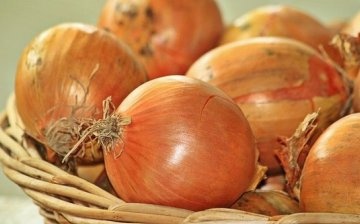

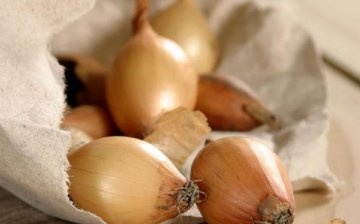
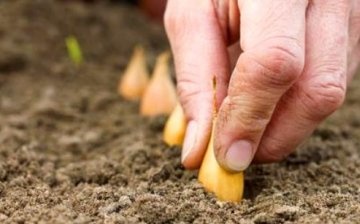

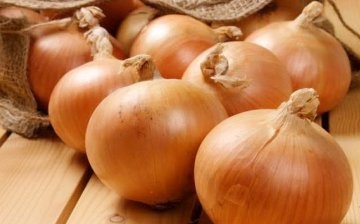






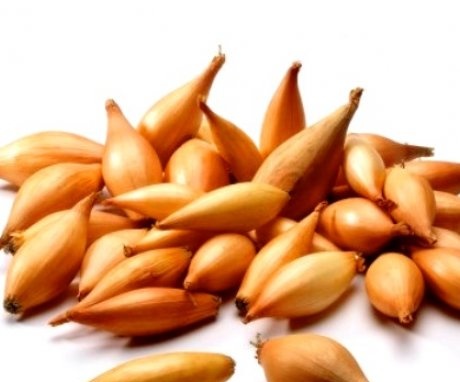
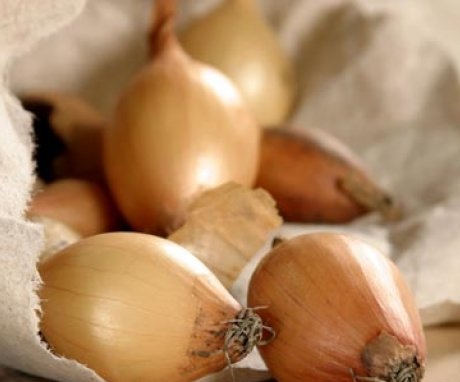
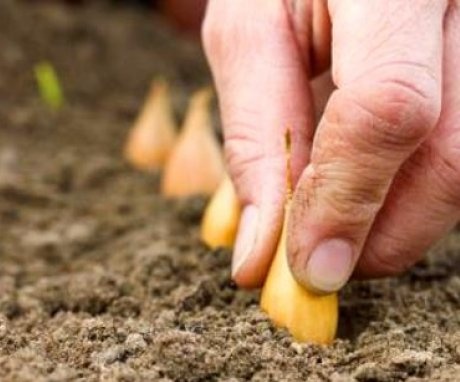
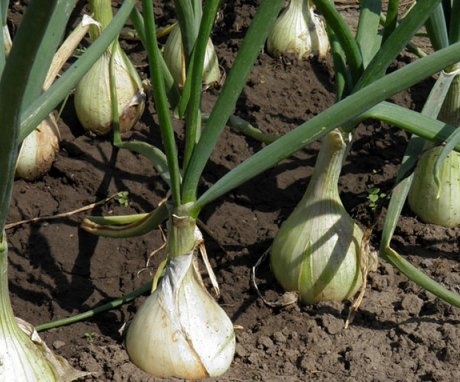

Unfortunately, on our site, the onion always grows small, despite the fact that we bought the sets in different places. Perhaps our soil is heavy, or maybe it has high acidity. Now I read that the beds need to be loosened well, but we do not. Maybe this is the reason for the bad harvests?